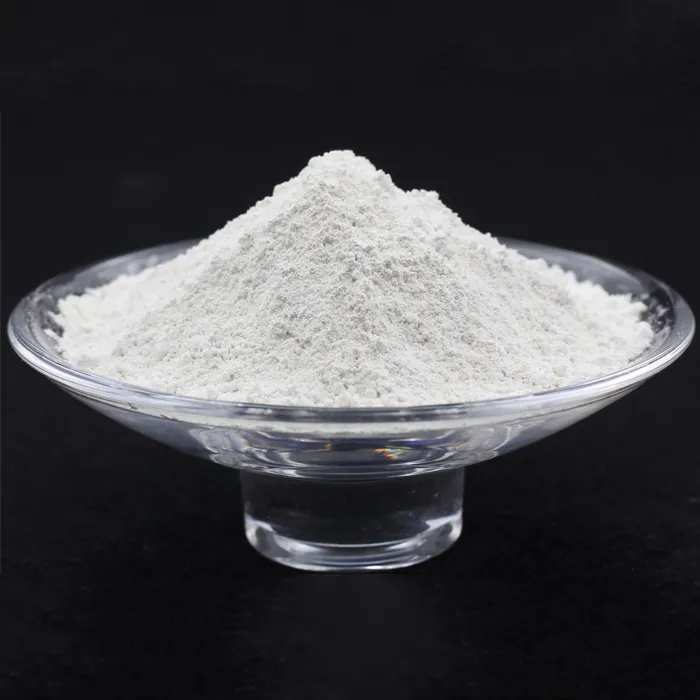Understanding Chemicals Used to Treat Low pH Levels
Low pH levels in various environments, particularly in water bodies, soil, and agricultural settings, can pose significant challenges. Low pH indicates high acidity, which can adversely affect plant growth, aquatic life, and even human health. To address this issue effectively, various chemicals can be employed to neutralize acidity and increase pH levels. This article explores some of the most common chemicals used to treat low pH levels and discusses their applications and impacts.
1. Calcium Carbonate (CaCO3)
Calcium carbonate is one of the most widely used chemicals for raising pH levels, particularly in agricultural soils and water bodies. It is a naturally occurring compound found in limestone and chalk. When calcium carbonate is applied to acidic soils, it reacts with the acidity (hydrogen ions) to form calcium ions and carbon dioxide, effectively neutralizing the acid. This process improves nutrient availability to plants, enhances soil structure, and promotes healthier crop yields. In water treatment, calcium carbonate can also help buffer pH levels, making it suitable for aquaculture where stable pH is critical for fish health.
2. Sodium Bicarbonate (NaHCO3)
Sodium bicarbonate, commonly known as baking soda, is another effective agent for increasing pH levels. It is often used in swimming pool maintenance, where it helps to counteract low pH and reduce acidity. By adding sodium bicarbonate, pool operators can maintain a safe and comfortable environment for swimmers while preventing corrosion in pool equipment. In aquaculture and hydroponics, sodium bicarbonate can also be utilized to stabilize pH levels, ensuring optimal conditions for fish and plant growth.
3. Lime (Quicklime and Hydrated Lime)
Lime, specifically quicklime (calcium oxide) and hydrated lime (calcium hydroxide), is a potent agent for treating low pH levels. Quicklime is produced by heating limestone, and when it is mixed with water, it forms hydrated lime. Both forms of lime are effective in neutralizing acidity in soils and water. In agriculture, lime application not only raises the pH but also provides essential calcium nutrients to plants. In wastewater treatment facilities, lime is employed to precipitate heavy metals and remove phosphorus, contributing to both pH adjustment and overall water quality improvement.
what chemicals are used to treat low ph levels

4. Potassium Bicarbonate (KHCO3)
Potassium bicarbonate is used in various applications to increase pH. It is particularly valuable in agriculture, where it acts as both a pH adjuster and a potassium nutrient source for crops. In addition, potassium bicarbonate is often employed as an organic fungicide to control diseases in plants. Its role in balancing pH helps plants absorb nutrients more effectively, enhancing their growth and resilience against pathogens. Additionally, potassium bicarbonate is used in aquaculture to stabilize water pH, promoting a healthy environment for aquatic organisms.
5. Amphoteric Hydroxides
Amphoteric hydroxides, such as aluminum hydroxide and magnesium hydroxide, can also be utilized to adjust pH levels. These compounds can react with both acids and bases, making them versatile in various applications. In wastewater treatment, aluminum hydroxide is often used to precipitate heavy metals and clarify water, while also raising pH levels. Magnesium hydroxide serves a similar purpose, effectively neutralizing acidity and aiding in the removal of undesirable substances from wastewater.
Considerations and Environmental Impact
While these chemicals are effective in treating low pH levels, it is crucial to apply them thoughtfully to avoid potential environmental issues. Over-application can lead to nutrient imbalances, soil degradation, and negative impacts on aquatic ecosystems. Moreover, it is essential to monitor pH levels regularly to ensure they remain within optimal ranges for specific crops or aquatic species.
In conclusion, the treatment of low pH levels is a critical concern in agriculture, water management, and environmental protection. By understanding the properties and applications of various chemicals—such as calcium carbonate, sodium bicarbonate, lime, potassium bicarbonate, and amphoteric hydroxides—stakeholders can effectively manage acidity and promote healthy ecosystems. Balancing the need for effective pH adjustment with environmental stewardship will be key to sustainable practices going forward.

